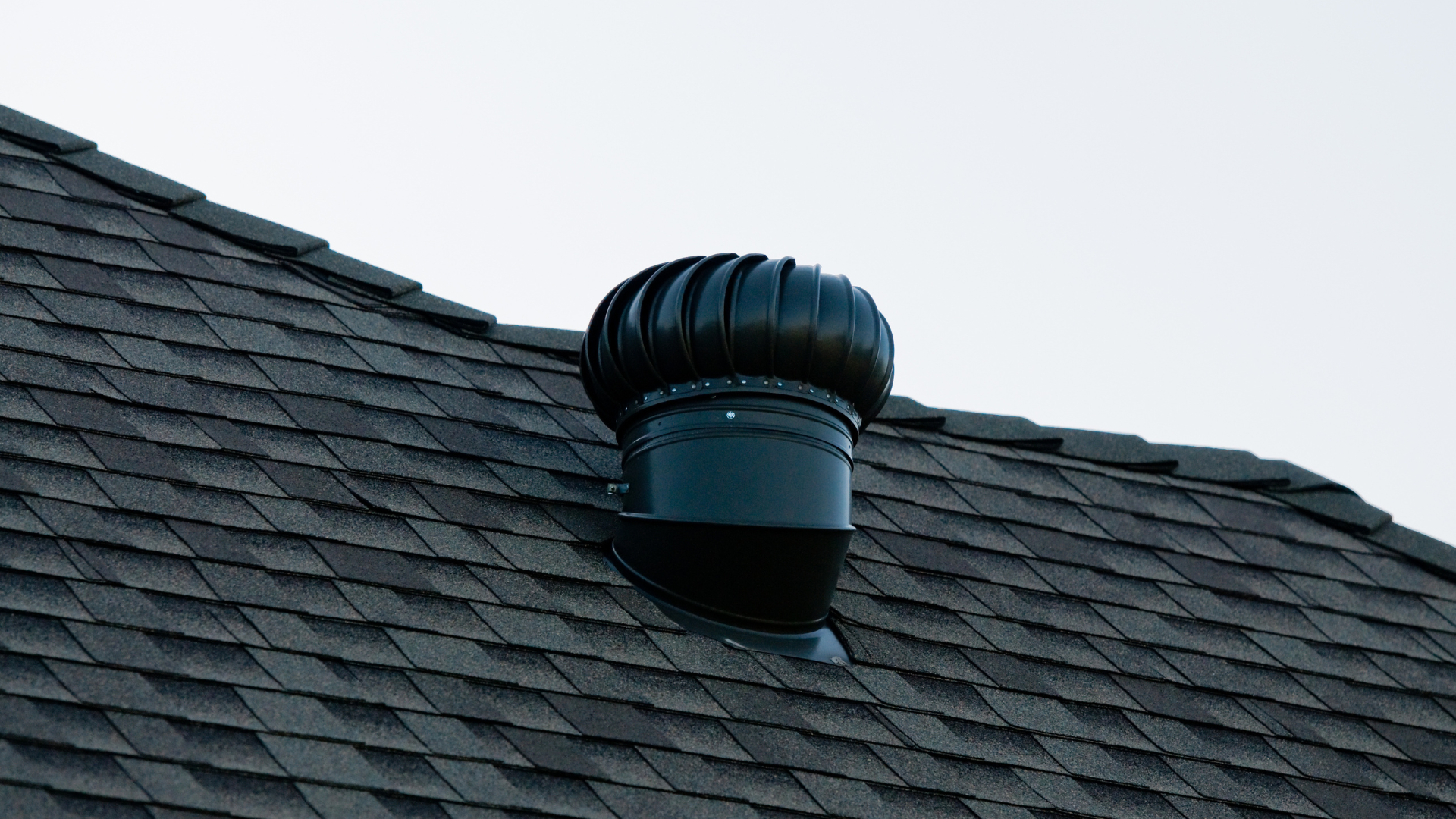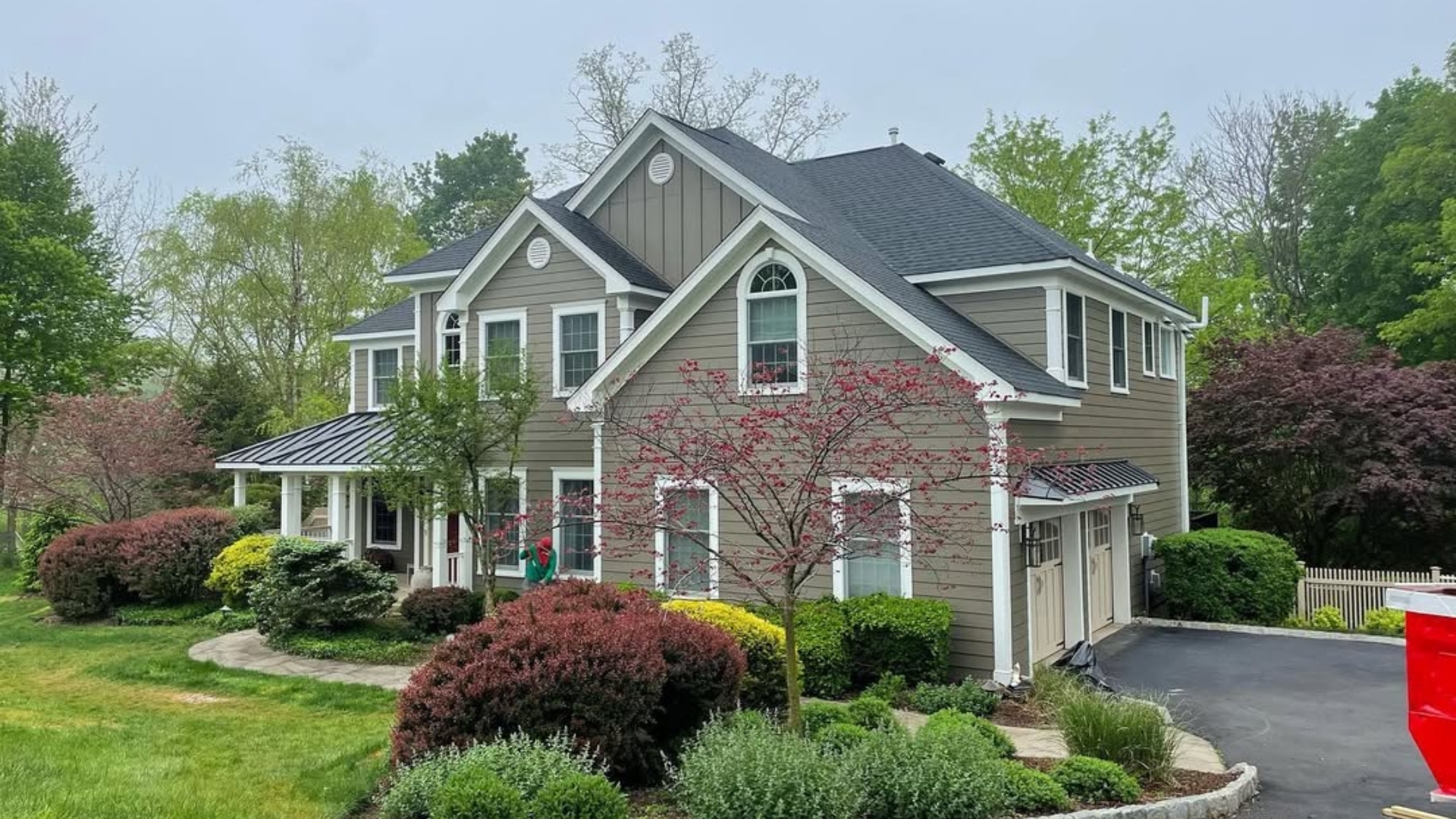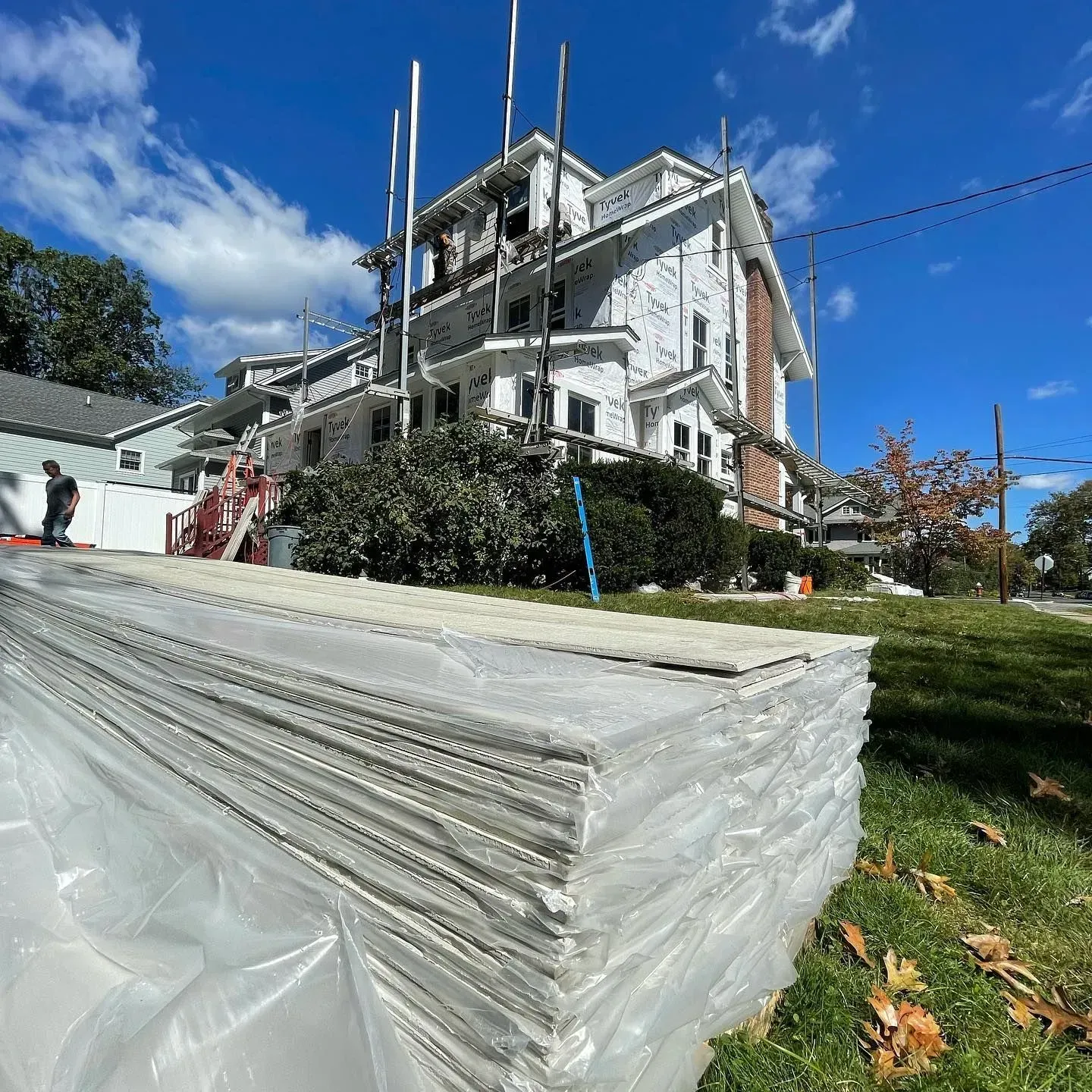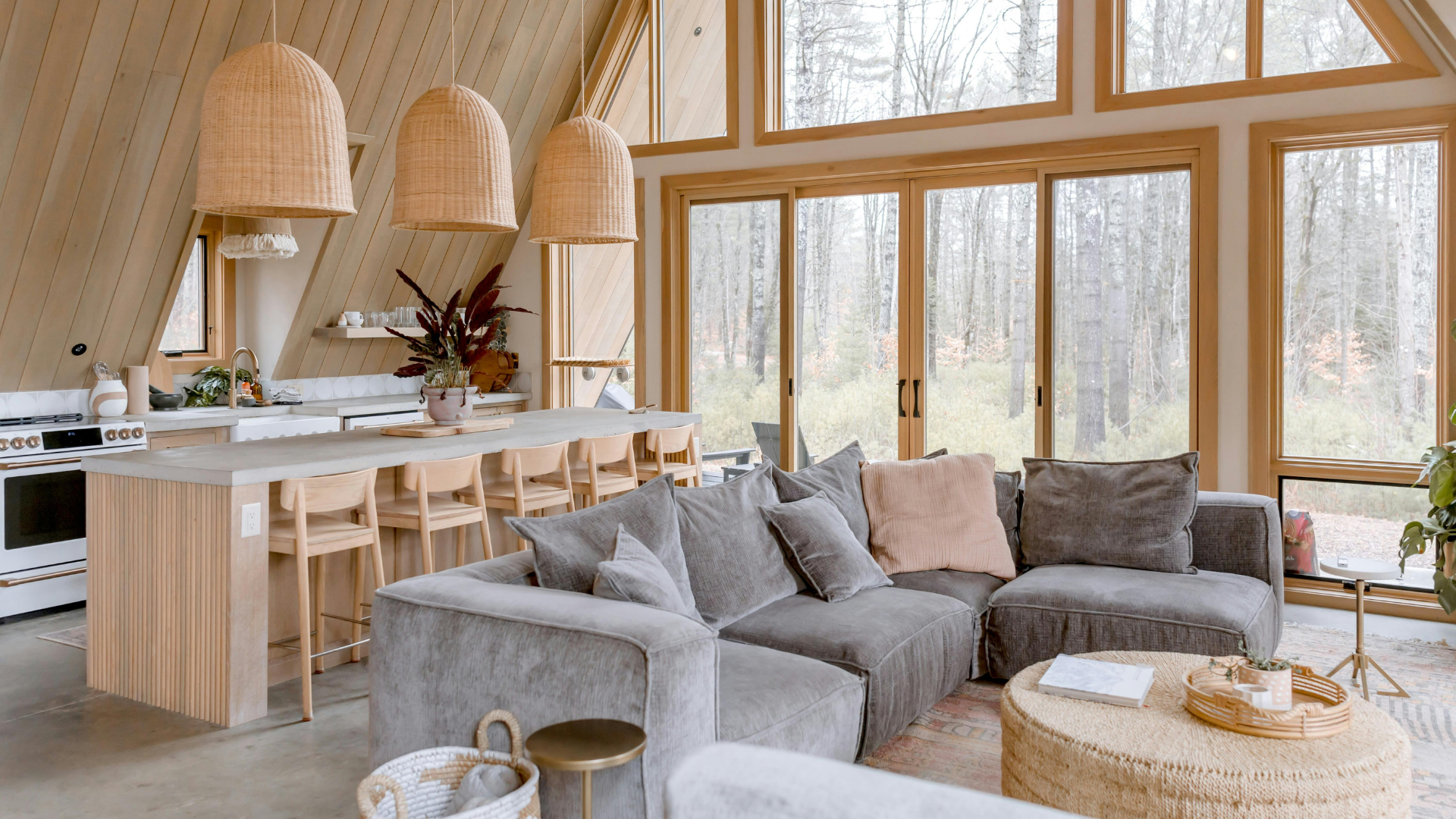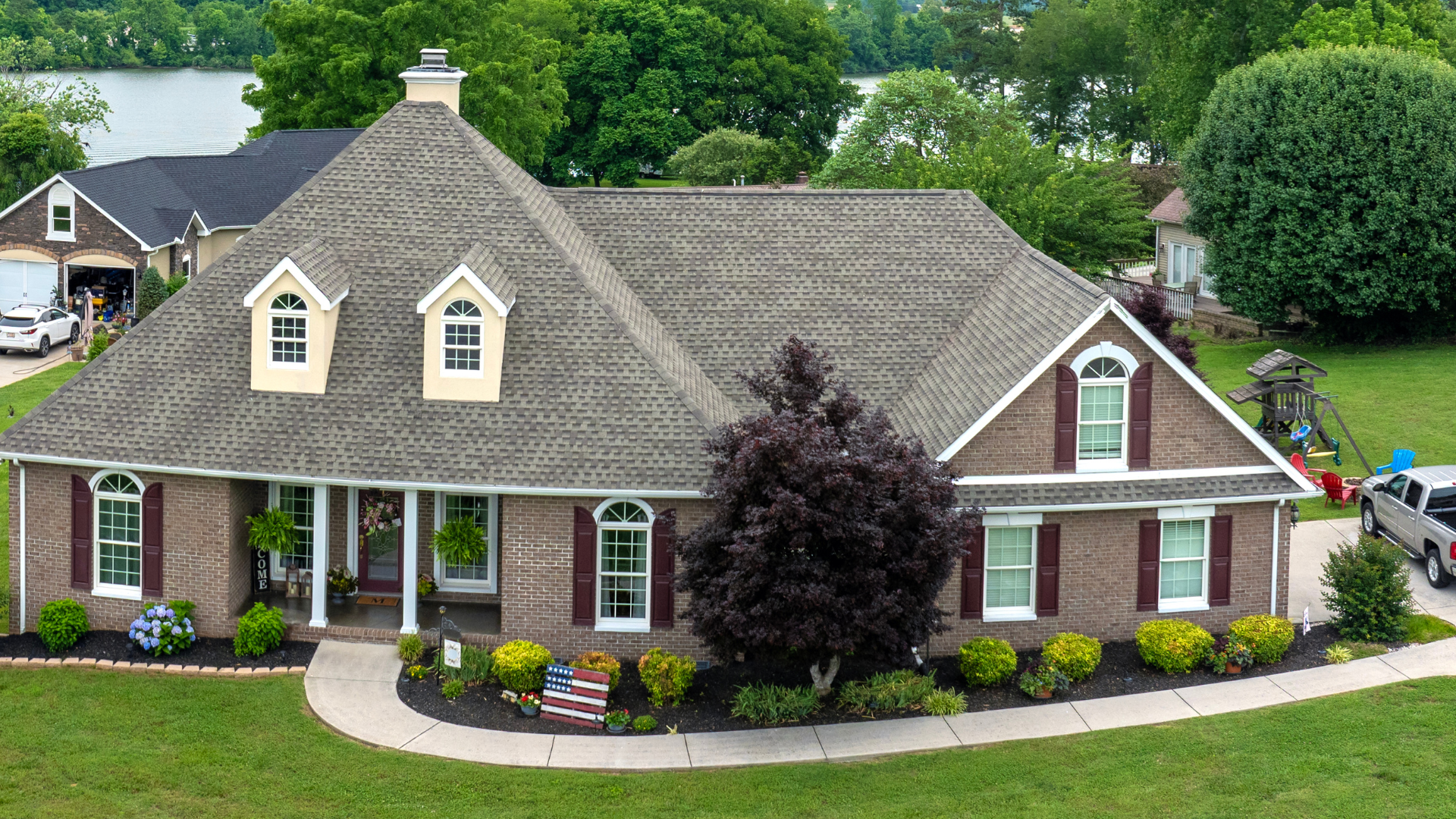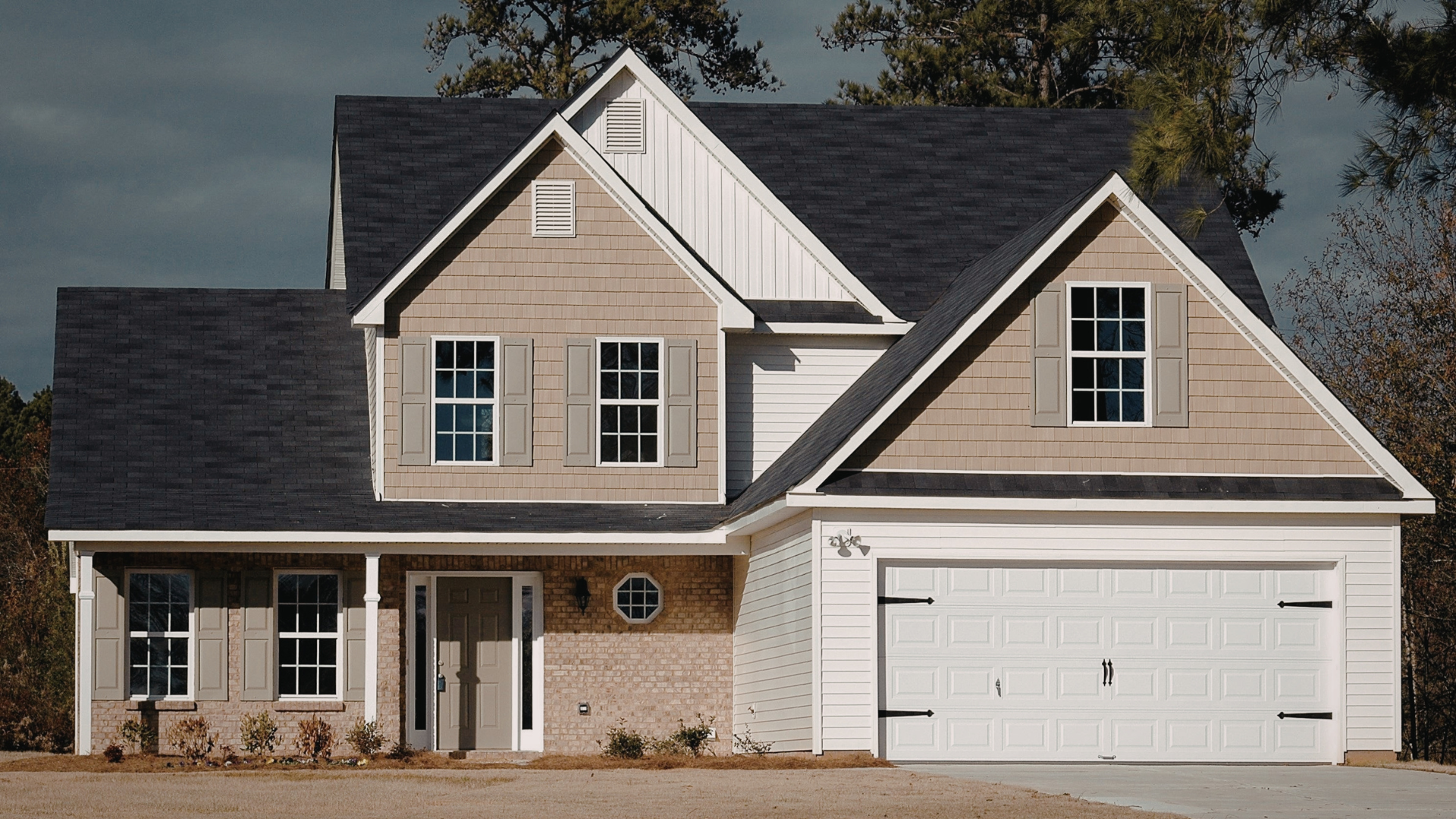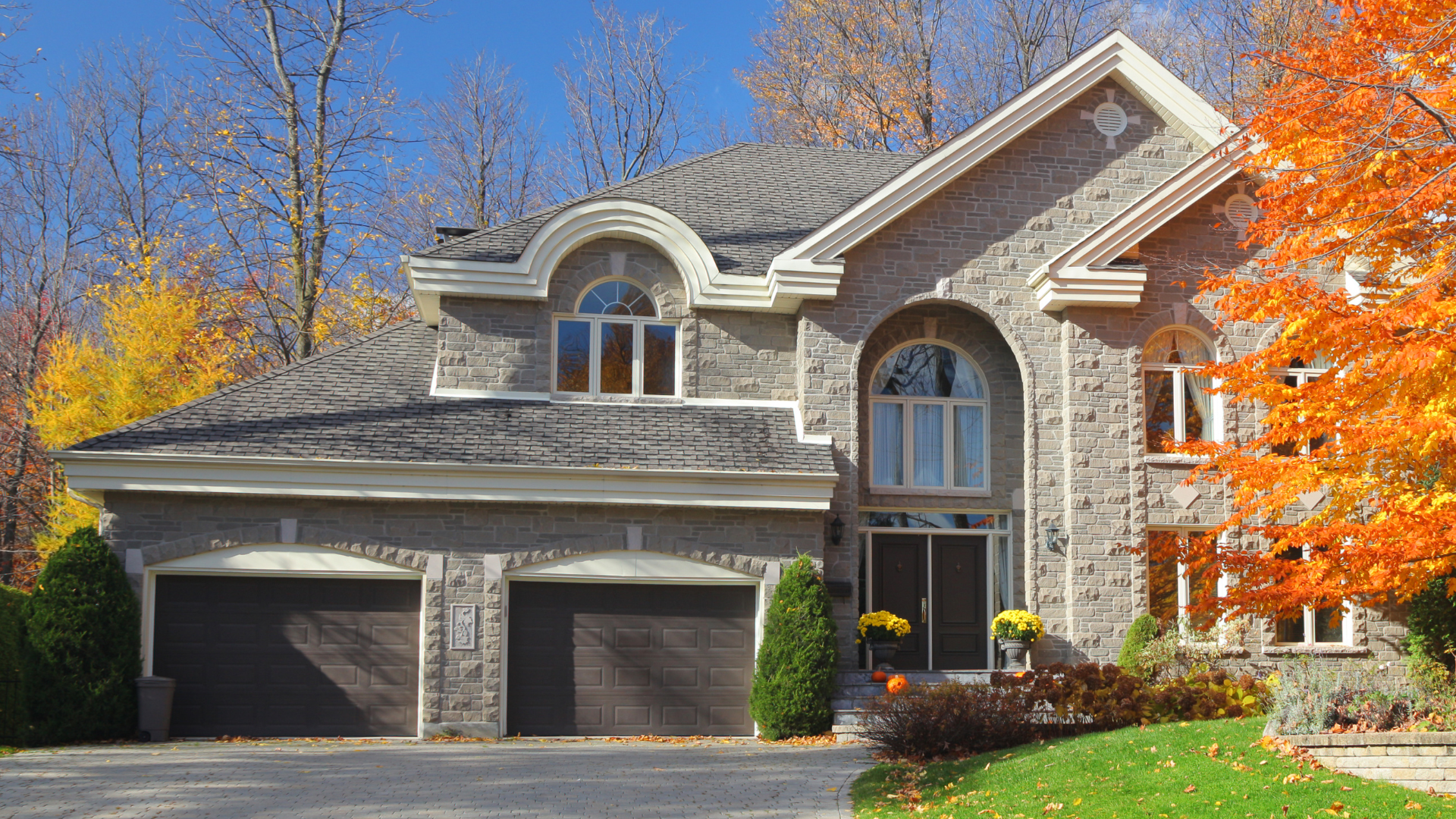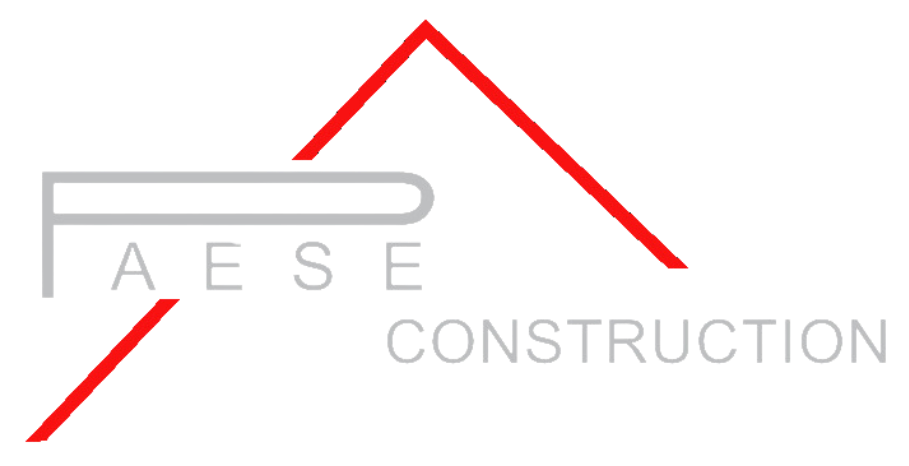How Your Roof Affects Energy Efficiency—and What a Replacement Can Fix
Boost Your Home’s Efficiency with a Roof Upgrade
If your energy bills keep climbing, the culprit might be right over your head—literally. A worn-out or poorly designed roof doesn’t just put your home at risk for leaks. It can also waste energy year-round. Replacing it isn’t just about staying dry—it’s about staying efficient.
Here’s how your roof plays a major role in your home’s energy performance, and why a replacement might be the smartest upgrade you can make.

The Roof’s Role in Insulation and Temperature Control
Your roof is your home’s first layer of insulation. It helps regulate indoor temperatures by shielding you from outdoor extremes—sun, rain, wind, and cold. But if your roofing materials are damaged, poorly installed, or simply outdated, they stop doing their job. Heat can seep out in winter or build up inside during the summer, forcing your HVAC system to work overtime.
Common signs your roof is impacting efficiency:
- Rooms that are hard to keep cool or warm
- Rising utility bills without obvious cause
- Excessive attic heat in summer
- Ice dams forming on the edge of your roof in winter (if applicable in your region)

Roofing Materials Matter
Modern roofing materials are designed with efficiency in mind. Many of today’s shingles, tiles, and metal systems are reflective, meaning they bounce solar heat away from the house. Some even meet ENERGY STAR standards for cooling performance.
If your current roof is decades old, it’s probably absorbing heat rather than reflecting it. That translates into higher indoor temps and a heavier cooling load on your AC—especially in warmer months.

Ventilation: The Often-Overlooked Factor
Efficient roofing isn’t just about what’s on top. It’s also about what’s underneath. Proper attic ventilation keeps air moving, helping to regulate temperature and prevent moisture buildup. Without it, your attic can turn into an oven in the summer—and that heat radiates into your living space.
When replacing a roof, Paese Construction always evaluates your ventilation setup. We make sure your new system has the right balance of intake and exhaust vents to keep airflow consistent and temperatures manageable.

Insulation Works With Roofing
Your attic insulation and roofing system should work together to form a thermal barrier. But if your roof has been leaking, sagging, or deteriorating, there’s a good chance your insulation is also underperforming—or even damaged. During a replacement project, it’s often possible to address both issues at once. That means better year-round comfort and noticeable savings.

A Roof Replacement Is an Energy Upgrade
When we install a new roof, we’re not just putting on new shingles. We’re building a system: quality decking, watertight underlayment, efficient venting, and high-performance materials—all tailored to your home.
The result? A roof that helps maintain indoor temperatures more evenly, reduces the workload on your heating and cooling system, and cuts energy waste at the source.

Long-Term Payoff
It’s easy to see a roof replacement as a necessary repair, but it’s also a long-term investment. Not only do you get better protection and curb appeal, but you also get efficiency gains that can pay off every month.
And if you’re thinking about selling your home in the next few years, an energy-efficient roof is a major selling point. Buyers notice low utility costs and appreciate the peace of mind that comes with a modern, durable system.

Let’s Talk About Your Roof
At Paese Construction, we specialize in expert roof installation and replacement. We don’t do maintenance or patch jobs—we focus on full system upgrades that are built to last. If your roof is costing you more than it should, it may be time for a change.
Get in touch today to schedule an evaluation and see how a new roof can make your home more efficient—and more comfortable.

